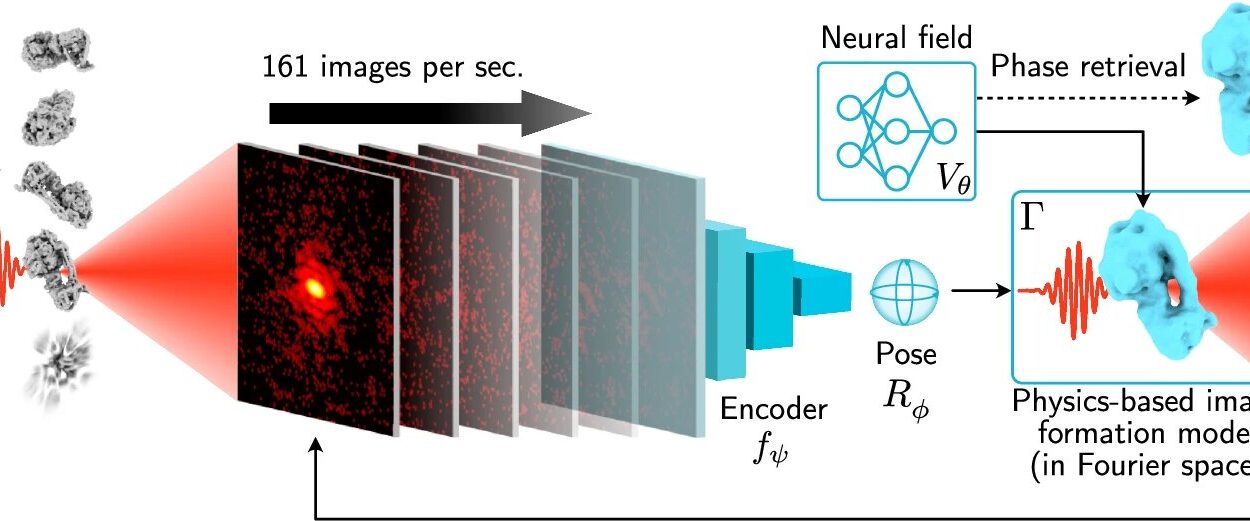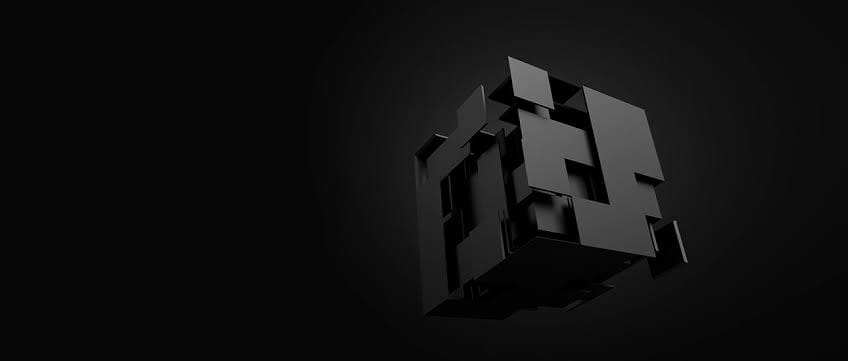The internet promised connection, but it also birthed a paradox: the more connected we became, the more vulnerable we were. Data breaches, identity theft, surveillance, and digital espionage have turned cyberspace into a battlefield. In this constant war, trust is the rarest commodity. We encrypt, we firewall, we monitor — yet leaks keep happening.
And then, like a strange beacon from the fringes of cryptography and decentralized computing, blockchain appeared. First, it was a curious invention for digital currency. Then it became a symbol of a larger revolution: a technology that could protect not just money, but truth itself. For data security, blockchain represents both a shield and a new philosophy — one where trust is not given, but mathematically enforced.
To understand why blockchain could be a turning point for data security, we need to unpack it not as a buzzword, but as a living, evolving architecture of trust.
The Roots of Blockchain: A Story of Distrust
The seeds of blockchain were planted in an environment of skepticism. Before Bitcoin, before Ethereum, there was a decades-long struggle in the cryptography community to create digital systems that did not depend on a single authority. The central problem was simple: if you store data in one place, whoever controls that place controls the truth. That central authority can be corrupted, hacked, or manipulated.
Enter the pseudonymous figure Satoshi Nakamoto, who in 2008 proposed Bitcoin — a digital currency that operated without a bank. The magic trick was the blockchain: a distributed, append-only ledger where each block of data was linked cryptographically to the one before it. Change one block, and the chain would break. Control of the network was spread across thousands of nodes, making it resistant to tampering.
In Bitcoin, this architecture was designed to secure financial transactions. But its implications went far beyond currency. If you could store financial data this way, you could store any data this way — medical records, supply chain logs, intellectual property, even voting results. The blockchain, it turned out, wasn’t just a tool for money; it was a trust machine.
The Anatomy of a Blockchain
To understand why blockchain is such a powerful security tool, you need to grasp its inner structure.
Imagine a series of vaults connected in a chain. Each vault contains a set of records (transactions, files, or other data) and a unique seal created by a mathematical formula — a cryptographic hash. This seal is based on both the contents of the vault and the seal of the previous vault. This means that if anyone changes even a single letter in an old record, the seal changes, and every vault after it becomes invalid.
In practice, here’s what this means:
- Blocks hold data and a cryptographic fingerprint.
- Hashes are generated using algorithms like SHA-256, producing a unique string for each block’s content.
- Linking ensures that each block references the previous block’s hash.
The result is immutability. Once data is on the chain, altering it would require rewriting the entire chain across the majority of computers in the network simultaneously — an almost impossible task without enormous computing power.
Decentralization: The End of a Single Point of Failure
Traditional data systems rely on centralized servers. This makes them efficient but dangerously brittle: compromise the server, and you compromise the entire system.
Blockchain replaces this with decentralization. Data is stored across a distributed network of nodes. No single node owns the truth; instead, all nodes agree on the state of the blockchain through a consensus mechanism. This is the genius of blockchain security — there is no “head of the snake” to cut off.
Consensus mechanisms vary. Bitcoin uses Proof of Work (PoW), where participants solve cryptographic puzzles to validate transactions. Ethereum, since its shift, uses Proof of Stake (PoS), where validators put up cryptocurrency as collateral to ensure honest behavior. Other systems use methods like Practical Byzantine Fault Tolerance (PBFT), Delegated Proof of Stake (DPoS), or hybrid models.
Each approach has trade-offs, but they share the same principle: the network’s truth emerges from distributed agreement, not top-down authority.
The Cryptographic Foundation
The security of blockchain rests on the bedrock of cryptography. Public-key cryptography allows users to create digital signatures that prove ownership or authorship of data without revealing their private keys.
Here’s the human translation: imagine you could sign a document with an invisible ink that only your pen can produce, and anyone in the world could verify it was yours without touching the pen itself. That’s how blockchain ensures authenticity — every piece of data can be tied to its origin without revealing the secret key.
Then there’s hashing — the one-way mathematical function that turns data into a fixed-length fingerprint. Change the data, change the fingerprint. No guessing, no reverse engineering. This is why tampering with blockchain data leaves visible scars in the chain.
Beyond Currency: Blockchain as a Data Fortress
The first wave of blockchain hype was all about cryptocurrency. But beneath the speculative frenzy, a more profound transformation was brewing: the use of blockchain as a secure data layer.
In healthcare, blockchains are being tested to store patient records so that hospitals, doctors, and patients can share information securely without fear of unauthorized access or alteration. In supply chain management, companies record each step of a product’s journey, from raw materials to the customer’s hands, ensuring transparency and traceability. In government services, digital identity systems based on blockchain are giving citizens control over their own data, reducing the risk of identity theft.
These aren’t just theoretical applications. IBM’s Food Trust blockchain is tracking produce from farm to table to prevent contamination. Estonia’s national e-health system uses blockchain principles to protect patient data. The concept is spreading into industries from finance to art, with NFTs proving ownership of digital assets.
The Immutability Paradox
The immutability of blockchain is both its greatest strength and a subtle vulnerability. Once data is written, it can’t be changed. This is perfect for preventing tampering — but what if incorrect or malicious data is entered in the first place?
This is known as the garbage in, garbage forever problem. If someone uploads false information or personal data without consent, the blockchain can’t simply erase it. Solutions to this challenge involve better data verification before entry, the use of off-chain storage for sensitive content, and advanced cryptographic techniques like zero-knowledge proofs that verify information without revealing it.
Security Threats and the Myth of Invincibility
Blockchain is secure by design, but not invincible. Its vulnerabilities often lie not in the core protocol but in the surrounding ecosystem — poorly coded smart contracts, compromised private keys, or social engineering attacks.
The infamous DAO hack of 2016 exploited a flaw in an Ethereum smart contract, draining millions of dollars’ worth of cryptocurrency. The blockchain worked exactly as programmed — but the program itself had a loophole. Similarly, if a user’s private key is stolen, no blockchain in the world can save them; possession of the key is possession of the asset.
And then there’s the 51% attack — if an attacker controls more than half the network’s computing power or stake, they can rewrite recent history. In large, well-secured blockchains, this is prohibitively expensive, but smaller networks have fallen victim.
Privacy in a Transparent World
Blockchain’s transparency is a double-edged sword. In public blockchains like Bitcoin, every transaction is visible to anyone, forever. Addresses may be pseudonymous, but sophisticated analysis can often link them to real identities.
To balance transparency with privacy, developers are experimenting with privacy-focused blockchains (like Monero and Zcash) and cryptographic techniques such as ring signatures, stealth addresses, and zk-SNARKs. These allow transactions to be validated without revealing their contents, protecting user privacy while maintaining trust in the network.
The Role of Blockchain in Regulatory Landscapes
No discussion of blockchain and data security can ignore the legal dimension. Regulations like the EU’s General Data Protection Regulation (GDPR) demand the “right to be forgotten” — which seems at odds with blockchain’s immutability. How do you erase something that cannot be erased?
The emerging answer lies in hybrid architectures: storing personal data off-chain and placing only proofs or references on-chain. This allows data to be removed or modified off-chain while preserving the integrity of the blockchain record.
Governments and international organizations are slowly shaping policy frameworks for blockchain, but the technology’s decentralized nature makes enforcement complex. The next decade will be a tug-of-war between innovation and regulation.
Blockchain’s Future as a Security Standard
In the long arc of digital history, blockchain may be remembered not as the currency revolution of the 2010s, but as the security revolution of the 2020s and beyond.
As quantum computing looms on the horizon, threatening to break traditional cryptography, blockchain researchers are already exploring post-quantum algorithms to future-proof decentralized networks. The same philosophy applies: build security into the foundation, not as an afterthought.
We are entering an age where critical infrastructure — from power grids to hospitals — may run on blockchain-based security protocols. In a world where cyberwarfare is as real as physical conflict, the stakes are existential.
A Technology Born of Skepticism, Powered by Trust
Blockchain was born from distrust — distrust of central banks, of corporations, of the fallibility of human institutions. And yet, in a paradox worthy of history’s best ironies, it became a system for generating trust. Not blind trust in authority, but verifiable trust in mathematics.
It is not a magic shield that makes all data secure. It is a framework — one that, if implemented wisely, can shift the balance of power from the attacker to the defender, from the exploiter to the individual.
When you strip away the hype, the jargon, the speculation, blockchain is not about coins or tokens. It is about something older and more human: the right to know that what we see is true, the right to control what is ours, the right to trust in a world that too often gives us reasons not to.






